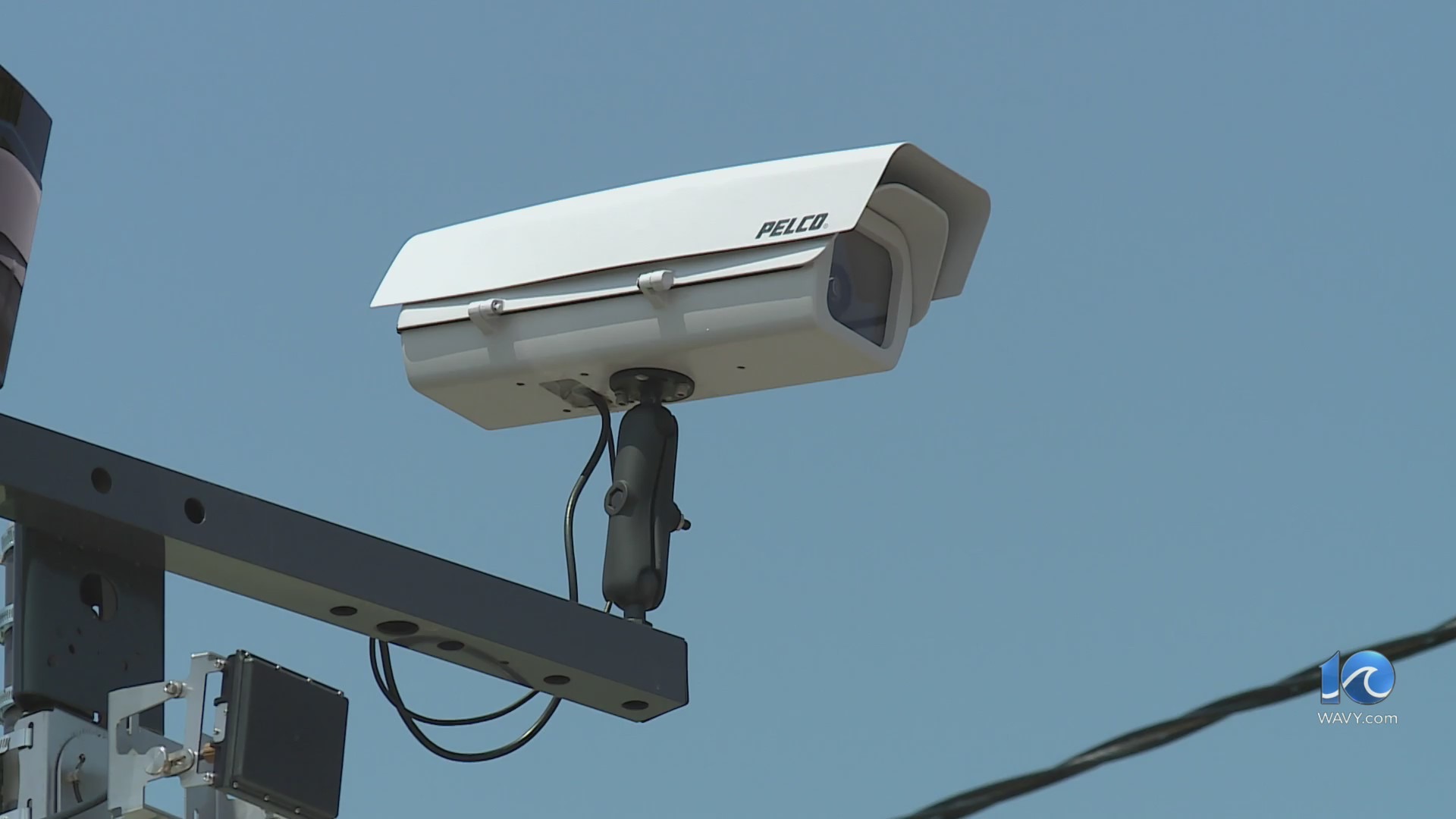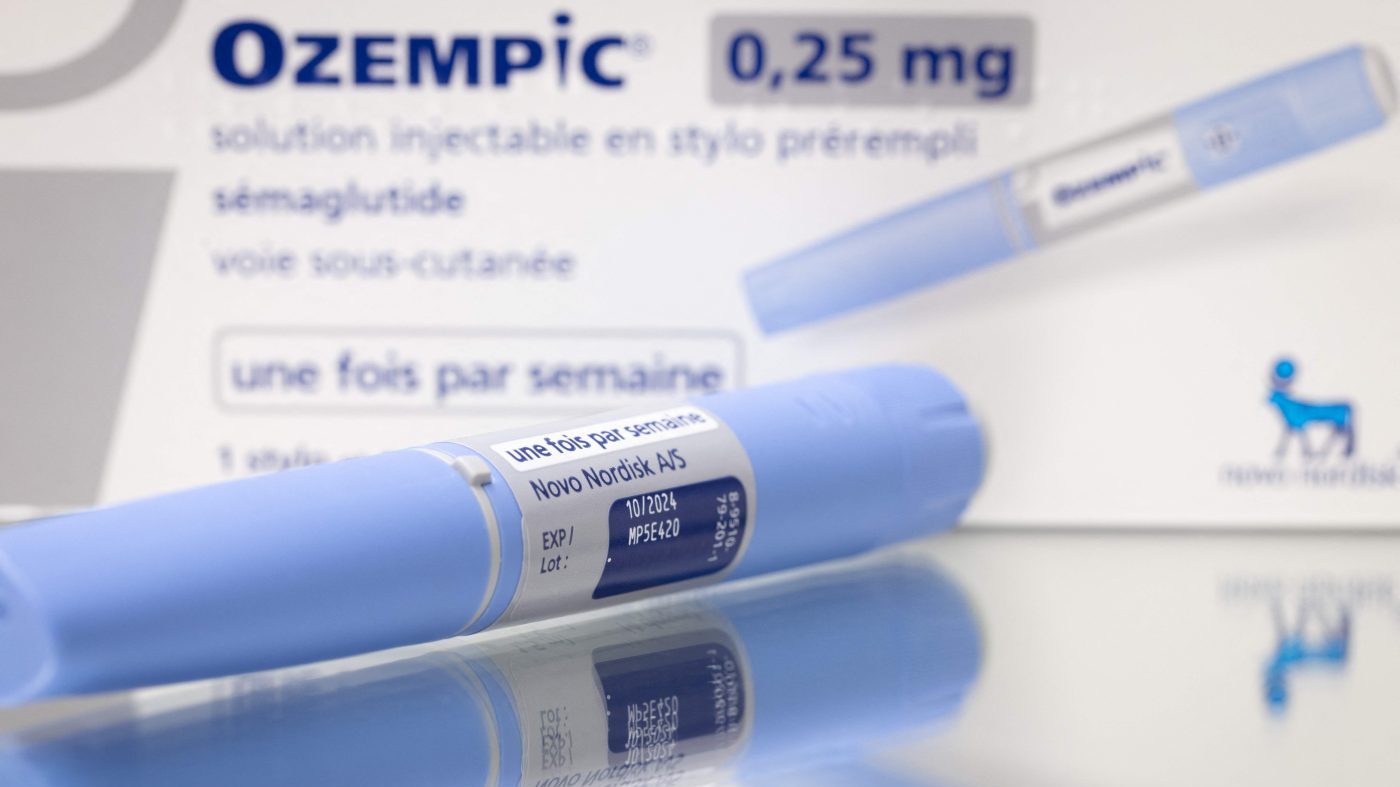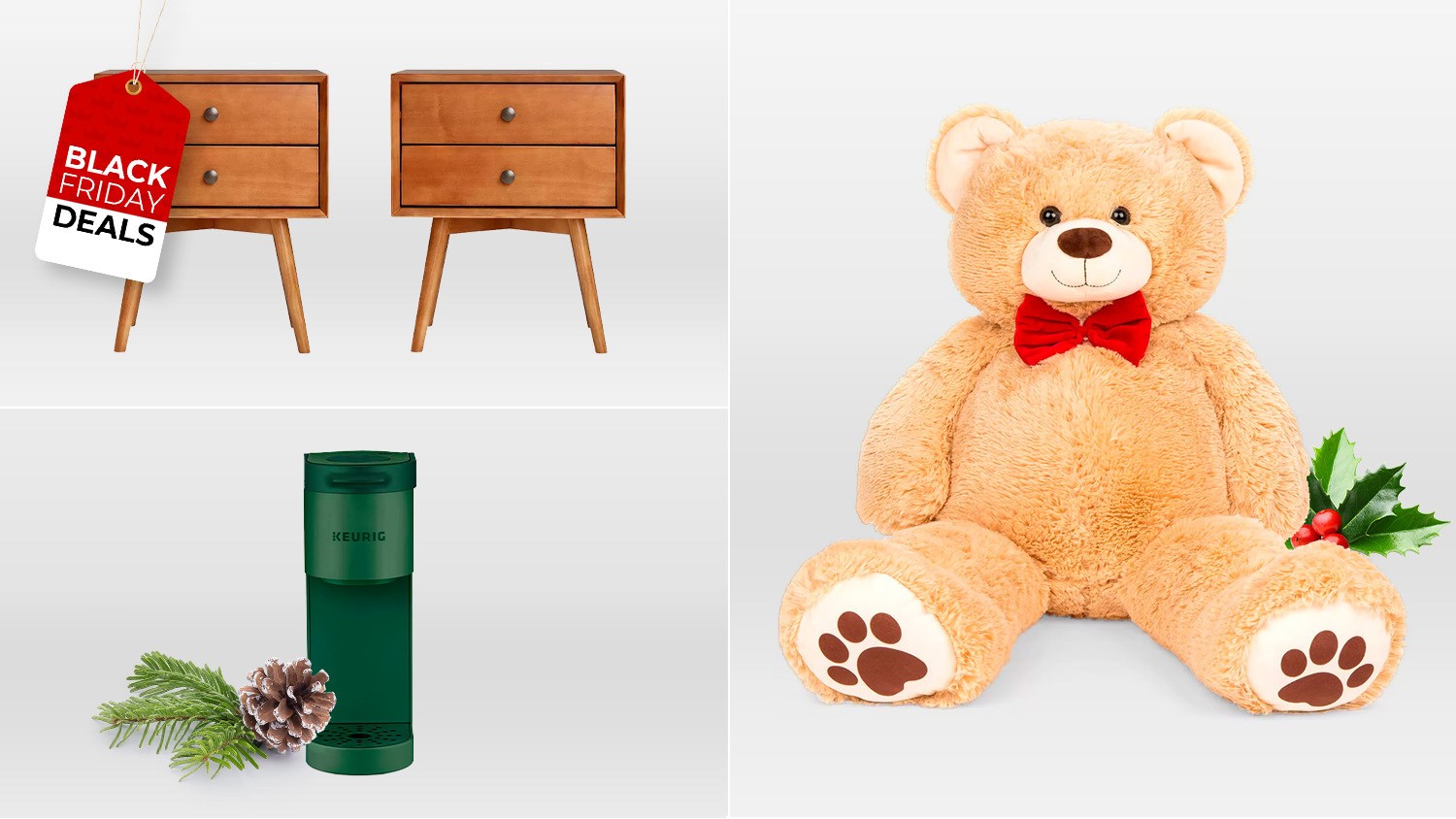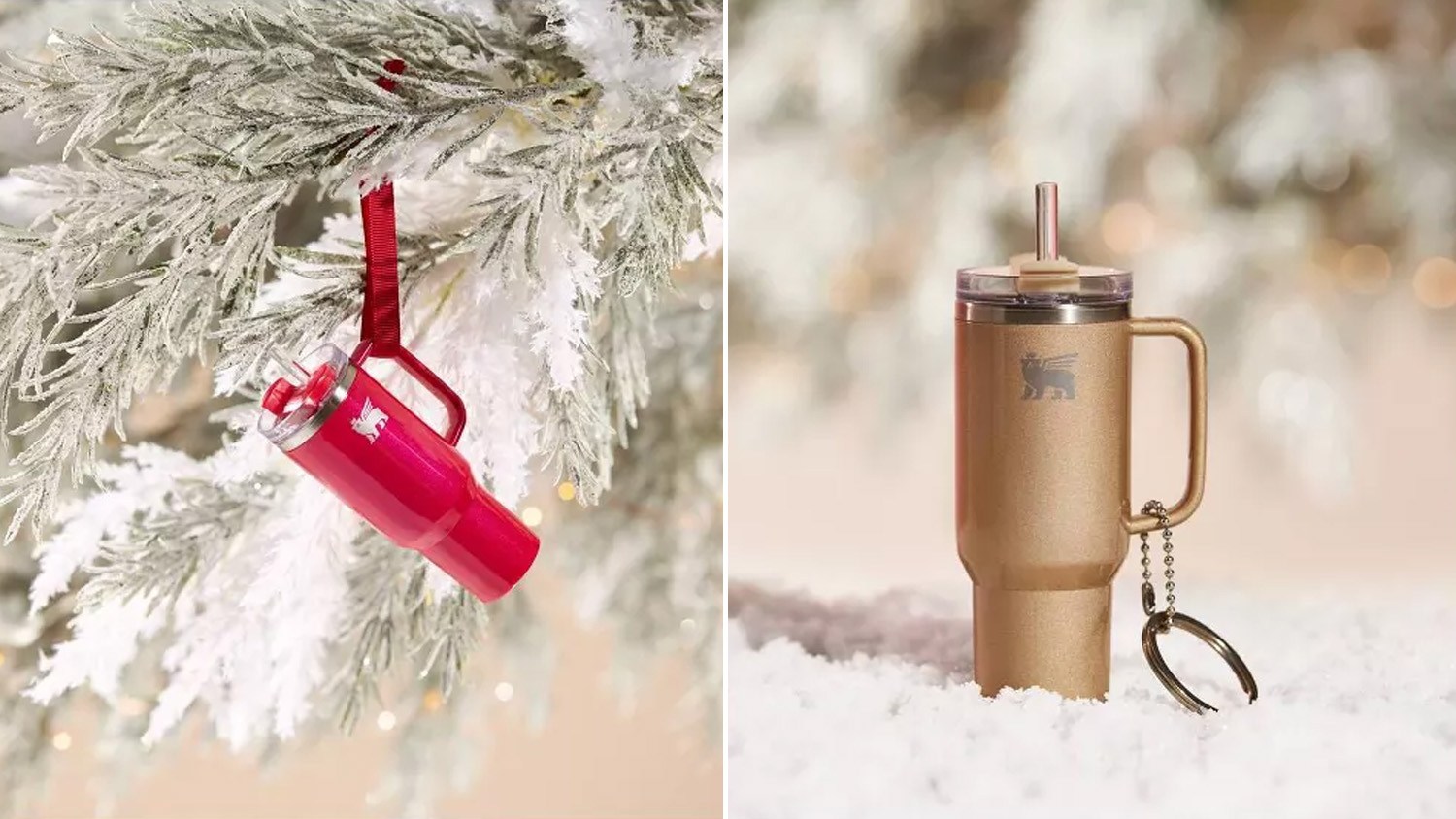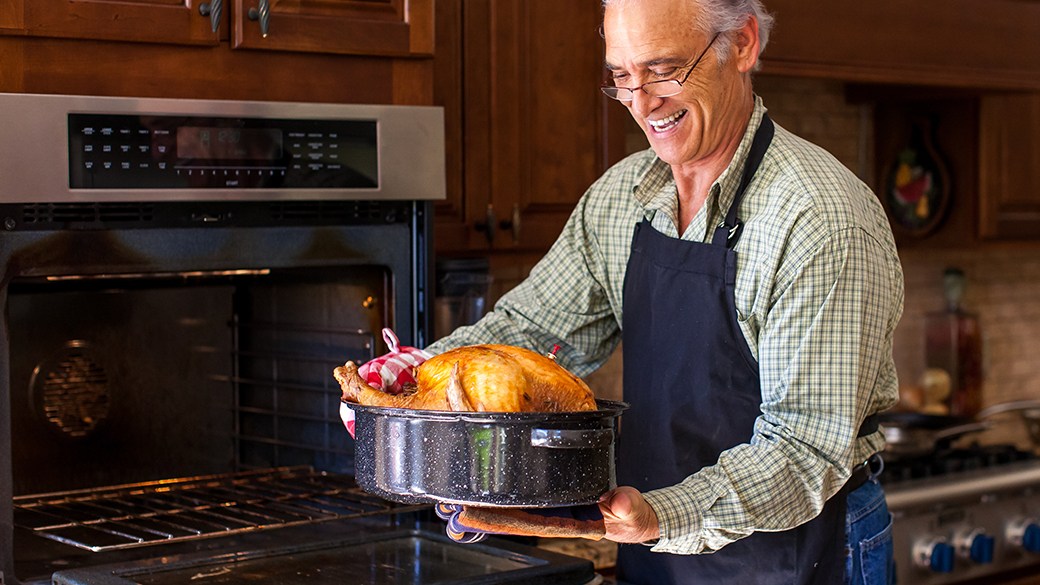SHREVEPORT, La. (KTAL/KMSS) – Ahead of an arctic air mass expected to impact much of the nation ahead of Christmas, there are certain things you can do to prepare your home, pets, and self.

Section: Pets / Health / Home / Ice Safety / Winter Driving / Preparation
Pet Safety
Road salt is commonly made of substances that can harm your pet’s feet and cause digestive upset. Sodium chloride, potassium chloride, calcium chloride, and magnesium chloride are all common ingredients for ice melt. According to the ASPCA Animal Poison Control Center, these can cause vomiting and diarrhea in pets.
Dogs with sensitive paws can also struggle with salt causing their paw pads to crack or bleed. If you walk your pets or salt your patio, you can wipe their feet when they come back inside so they don’t need to lick them clean. Pets with paw damage can have relief with paw wax or doggie booties. There are also pet-friendly ice melts containing urea or magnesium chloride, but they can still make your pet’s stomach upset.
Pets can get frostbite too, even if they are a cold-weather breed and have a thick underlayer in their coat, the American Kennel Club says. Dogs also have to acclimate to different environments and drastic changes, just like we do.
Experts recommend keeping them dry before walks, shortening the time spent outside, and using booties or sweaters, particularly with smaller or short-haired breeds. If their skin shows blisters, looks pale blue, grey, or swollen, don’t rub or use a hairdryer/heating pad on the damaged skin. It will cause more damage. Move them to a warm area and call your vet.

Section: Pets / Health / Home / Ice Safety / Winter Driving / Preparation
Health
When you breathe in cold air, it can sometimes cause a burning sensation in your lungs. Because cold air is dry, it can affect the process of heat and water exchange and dry out your sinus cavity.
Most people adjust quickly, but it can trigger conditions like asthma. Dr. William O. Roberts, a professor at the University of Minnesota Medical School, suggests wearing a scarf or other clothing to cover your face to warm the air before inhaling it.
It’s also important to watch for frostbite, which happens when skin or underlying tissues freeze. The longer the exposure to cold and wind, the more serious it can become. It can still occur when wearing gloves. Early stages of frostbite are uncomfortable but may not necessarily cause permanent damage to the skin. However, severe frostbite can require hospitalization and cause serious injury.
The Mayo Clinic says light frostbite, or frostnip, can be treated by rewarming. You may be tempted, but running them under warm or hot water can burn them due to the temperature difference. Instead, try holding them in your armpits.
According to the Mayo Clinic, the early stages of frostbite include cold skin and a prickling feeling. As the damage progresses, the skin will redden, turn grayish-yellow, become purple, and deepen to a brown or ashen color. The skin becomes hard and waxy in appearance.
Frostbitten skin can blister while rewarding. Someone with frostbite may also become clumsy from joint and muscle stiffness. The clinic says to seek medical attention if there is increased pain, swelling, discharge from the frostbitten area, or fever.
Becoming too cold can eventually lead to hypothermia, a potentially fatal condition where the body loses heat faster than it can make it. According to the Mayo Clinic, you should seek emergency medical assistance if you’re suffering from intense shivering, slurred speech, and drowsiness or loss of coordination. It’s helpful to remove any wet clothing and stay wrapped in warm blankets or out of the cold until help arrives.
If you’re exercising in the cold, the University of Rochester Medical Center says it’s best to wear polypropylene or other man-made fabrics to wick moisture away from your skin underneath a knit middle layer that can be taken off if you get too warm. An outer layer of a man-made fabric works best, they say. Be careful about sweating in your coat because your clothes can get cold quickly once you aren’t active anymore.
If you find yourself without heat because of a power outage this winter, experts advise against leaving your gas oven on. According to the CDC, at least 430 people die in the U.S. every year from carbon monoxide poisoning. This happens more frequently in the winter when people use space heaters and gas ovens to heat their homes.

Section: Pets / Health / Home / Ice Safety / Winter Driving / Preparation
Protecting Your Home
Plumbing is vulnerable to freezing as temperatures drop below 20 degrees, but you can take measures to prevent it with some simple steps. Although pipes don’t burst immediately, it’s still a pain if they freeze.
SWEPCO recommends running a constant trickle of water – turning on both the hot and cold water, since both can freeze – from your faucet to prevent your pipes from freezing. Areas like attics, garages, basements, and crawl spaces are more exposed to freezing temperatures, so extra insulation can help protect them. Opening your cabinets lets the ambient temperature of your house keep the plumbing warmer as well.
Keeping your energy bills low is difficult when it’s cold outside. SWEPCO suggests opening curtains on the sunny side of a home to warm it and keeping the shades drawn when there’s no sun. That keeps more warm air trapped inside the house.
Weather strips around doors can also prevent cold air from entering a home. They suggest residents keep the thermostat as low as is comfortable to save energy.
Windows can be insulated cheaply with shrink film, allowing in the light while blocking the cold. Stores sell pre-made kits to make installation easier. The thicker the film, the more cold air it keeps out. If you’re in a pinch and can’t get a kit, saran wrap and double-sided tape will work short-term. Just be careful to keep the window frames dry to protect them from moisture damage.

Section: Pets / Health / Home / Ice Safety / Winter Driving / Preparation
Safety on the Ice
Falling on the ice is painful, but there are ways to help you keep your balance and protect yourself from falls. Experts recommend walking slower, especially when getting into or out of vehicles and while using stairs. You can also take short steps while bending slightly forward and walking flat-footed. Keep your center of gravity over your support leg for better balance and your hands out of your pockets.
You can also avoid injuries by knowing how to fall. The University of Chicago Medicine created a helpful video on falling safely. They encourage bending your back and keeping your head forward to avoid hitting your head on the ground. U.C. suggests bending your knees slightly, crouching a little, and rolling to the side. This will put the point of contact on your thigh, hip, and shoulder.
Shoes with rubber treads can hold traction the best while plastic soles can slip more easily.

Section: Pets / Health / Home / Ice Safety / Winter Driving / Preparation
Winter Driving
If you can’t get road salt to keep in your car, kitty litter can be used to help you gain traction if you become stuck on snow or ice, even though it won’t melt it. Litter and sand can also be used on driveways and sidewalks.
When driving, black ice can pose a hazard. Black ice is transparent, meaning you often can’t see it until you’re already on it. It usually forms overnight when the temperatures drop, and can make bridges or stretches of roadways more dangerous.
During any winter driving, drive slower. If you lose traction, do not slam on the brakes. Ease off the accelerator and keep your steering wheel fixed in the position it’s in. The U.S. Department of Agriculture and Forest Service says if the front end of your car begins turning left or right, gently turn the steering wheel in the opposite direction. If it’s the back end of your car sliding, very gently turn the wheel in the same direction.
Small animals may take shelter inside or under a car when it’s cold outside. Making noise by slapping the hood can scare them away safely before you turn on the engine. The Pet Health Network also suggests honking the horn to wake up any animals under or in your engine.
Giving your car time to warm up before you need to leave can make your drive more comfortable and defrost the windows.
Keeping an ice scraper in the car is a good idea when the windows frost or ice over. You can cover the windshield with a tarp or towel to help ahead of winter weather. Drivers can also put their wipers up to keep them from freezing on the windshield. Be sure to clean off any snow or ice on top of your car before you leave; it can slip off as it begins to melt and cause accidents when it slides off. AAA warns drivers never to pour hot water on a frozen windshield as it can crack or shatter the glass.
If your door handles are frozen and you don’t have a de-icer, rubbing alcohol in a spray bottle will unfreeze them quickly.
Section: Pets / Health / Home / Ice Safety / Winter Driving / Preparation
Preparation
Pack an emergency kit for driving in icy conditions, including warm socks, coats and blankets in case you get stuck somewhere and need to wait for a tow. Almanac also suggests including things like bottled water, hand warmers, cash, flashlights and other things that may be helpful while you wait.
Making sure you have more than half a tank of gas can also help your vehicle keep the heat running longer if you’re stranded and protect your vehicle from the cold.
Additionally, Consumer Reports suggests keeping sleeping bags and blankets on hand in case you lose power. They say sleeping inside a tent inside the home can help keep people warmer when the temperatures drop at night.
When the power is out, there may be a boil notice. You can prepare by filling buckets, jars, and other containers with clean water to drink.






























